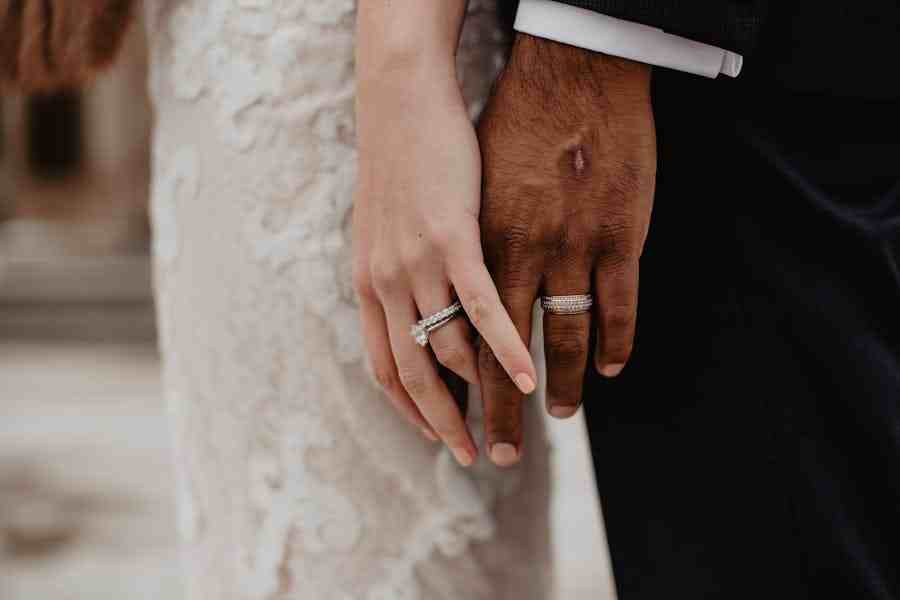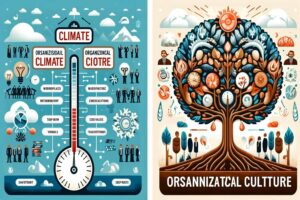Thomas Jefferson, America’s third president, remains one of the most studied figures in history, revered for his role in drafting the Declaration of Independence and his influential presidency. Yet, beyond his public life and political ideologies lies the more personal story of his life at Monticello, particularly his marriage to Martha Wayles Skelton. Though marked by both deep affection and profound tragedy, the couple’s union offers a rare glimpse into the private world of a founding father. This article delves into the nuances of Jefferson’s marriage, shedding light on how it shaped his personal and professional endeavors and, ultimately, his legacy.
When did Thomas Jefferson get married.?
Thomas Jefferson married Martha Wayles Skelton on January 1, 1772. The wedding occurred at Martha’s home, The Forest, near Williamsburg, Virginia. Jefferson was 28 years old then, and Martha was a 23-year-old widow. Their marriage marked the beginning of a decade-long partnership that saw the birth of six children, with only two surviving into adulthood. Martha’s death in 1782 deeply affected Jefferson, who reportedly never recovered fully from the loss. This marriage impacted Jefferson personally and influenced his political life and tenure at Monticello, his renowned estate.
Early Life And Education
Thomas Jefferson was born on April 13, 1743, in Shadwell, Virginia, then part of the British colony of Virginia. He was the third of ten children in the Jefferson family, born to Peter Jefferson, a planter and surveyor, and Jane Randolph, one of Virginia’s most distinguished families. Jefferson’s early environment was rural, and he spent much of his childhood outdoors, developing a lifelong love for nature.
At the age of nine, Jefferson began his formal education, studying Latin, Greek, and French under the guidance of a Scottish clergyman, Reverend William Douglas. In 1757, after his father’s death, Jefferson inherited a substantial estate, including the land on which he would later build his famous residence, Monticello.
In 1760, Jefferson enrolled at the College of William & Mary in Williamsburg, Virginia, the colony’s capital. There, he received a well-rounded education that included philosophy, mathematics, rhetoric, and literature under the tutelage of Professor William Small. Small introduced him to the Enlightenment ideals that would profoundly influence his thinking and political ideology. Jefferson was also influenced by his close associations with prominent figures such as George Wythe, a leading attorney who later signed the Declaration of Independence, and Francis Fauquier, the colonial governor of Virginia.
Jefferson’s time at William & Mary was not solely academic; he was deeply involved in Williamsburg’s social and political circles, which were vibrant with revolutionary ideas and discussions about independence and governance. This period was crucial in shaping his political views and advocacy for education and democratic principles, which would be hallmarks of his later career.
Upon completing his studies in 1762, Jefferson studied law with George Wythe. He gained admission to the Virginia bar in 1767 and established a successful practice. His legal career and education laid the foundation for his future roles as a statesman, diplomat, and president.
The Marriage Of Thomas Jefferson
Thomas Jefferson married Martha Wayles Skelton on January 1, 1772, in a modest ceremony at her father’s estate, The Forest, near Williamsburg, Virginia. The marriage brought together two prominent Virginia families and was significant for several reasons:
Backgrounds and Courtship: Martha Wayles Skelton was a 23-year-old widow with a young son when she met Jefferson. She was attractive, well-educated, and played the harpsichord, characteristics that complemented Jefferson’s intellectual and aesthetic sensibilities. Their courtship was brief but intense, marked by mutual affection and intellectual compatibility.
Wedding Details: The wedding was a small affair, typical of the period’s upper-class Virginian weddings. It featured a simple yet elegant ceremony attended by family and close friends. The couple’s deep bond was evident in their exchange of traditional vows in a setting that highlighted the rural beauty of Virginia’s landscape.
Married Life at Monticello: After their marriage, the couple moved to Jefferson’s home, Monticello, which was still under construction. Over the next ten years, they enjoyed a relatively happy married life, with Martha managing household affairs while Jefferson focused on his political career and architectural pursuits. Monticello became a vibrant hub of social life and intellectual discourse, reflecting their shared interests in education, music, and literature.
Family: Martha bore six children with Jefferson, but only two survived to adulthood—Martha (Patsy) and Mary (Polly). The frequent pregnancies and challenging childbirths took a toll on Martha’s health, which deteriorated over the years.
Martha’s Health and Death: Martha’s health was fragile after her last childbirth in 1782, and she died in September of the same year at 33. Jefferson was devastated by her death, reportedly retreating to his room for weeks and vowing never to remarry—a promise he kept for the rest of his life.
Impact on Jefferson: Martha’s death profoundly affected Jefferson both personally and politically. Her passing marked a period of intense sorrow that temporarily withdrew him from active political engagement. However, her memory and the responsibilities of single parenthood influenced his later decisions and policies, particularly those related to education and the rights of women and families.
Jefferson’s Later Years And Legacy
Thomas Jefferson’s later years and legacy are marked by a complex blend of significant accomplishments and controversies, which continue to influence America’s historical and cultural landscape. Here’s an overview:
Return to Public Life:
After Martha died in 1782, Jefferson eventually returned to public service, serving as a diplomat in France before becoming the first Secretary of State under George Washington in 1790. His time in Europe broadened his perspectives, influencing his views on architecture, agriculture, and government.
Presidency:
Jefferson was elected as the third President of the United States in 1801 after a contentious election. His presidency is best known for the Louisiana Purchase, which doubled the size of the United States, and the Lewis and Clark Expedition, which helped to explore and map the new territories. However, his tenure was also marked by tensions with Britain and domestic political rivalries.
Monticello and Personal Life:
Jefferson spent his post-presidency years at Monticello, where he focused on extensive home renovations and indulged in his passion for architecture. Despite his intellectual pursuits and ongoing hospitality, his later years were shadowed by financial difficulties, largely due to his extensive spending on Monticello and lavish lifestyle.
The University of Virginia:
One of Jefferson’s most enduring legacies was the establishment of the University of Virginia. Conceived by Jefferson as an “academical village,” it was revolutionary for its time for its secular curriculum and elective course offerings. Jefferson’s design of the campus and commitment to higher education underscored his belief in education as essential for a prosperous republic.
Slavery and Controversies:
Jefferson’s legacy is deeply intertwined with his ownership of slaves, a point of significant contention and reevaluation today. Despite his expressed opposition to slavery, Jefferson owned hundreds of slaves who worked his plantations. His relationship with Sally Hemings, one of his slaves with whom he had several children, has been confirmed through historical and DNA evidence, further complicating his legacy.
Death and Debt:
Jefferson died on July 4, 1826, the 50th anniversary of the Declaration of Independence, deeply in debt. His financial troubles forced his family to sell Monticello and much of his property, including slaves, to satisfy creditors.
Historical Reevaluation:
Jefferson’s contributions as a Founding Father, his advocacy for liberty and democracy, and his intellectual contributions are undeniable. Yet, his legacy is also viewed through the lens of his contradictions, particularly his views and practices regarding slavery. This duality makes Jefferson a figure of ongoing study and debate, reflecting the complexities of American history itself.
Warping Up
Thomas Jefferson’s life and legacy present a profound study in contrasts. As America’s third president, he was a champion of liberty and the architect of the Louisiana Purchase, yet his personal life was marred by the contradictions of his slave ownership and his relationship with Sally Hemings. His intellectual pursuits and the founding of the University of Virginia reflect his profound belief in education as a pillar of democracy. Despite his contributions to the nation, Jefferson died in debt, leaving a complex legacy that continues to be reevaluated. His story encapsulates the complexities of American history, embodying its highest ideals and its most troubling contradictions.





















